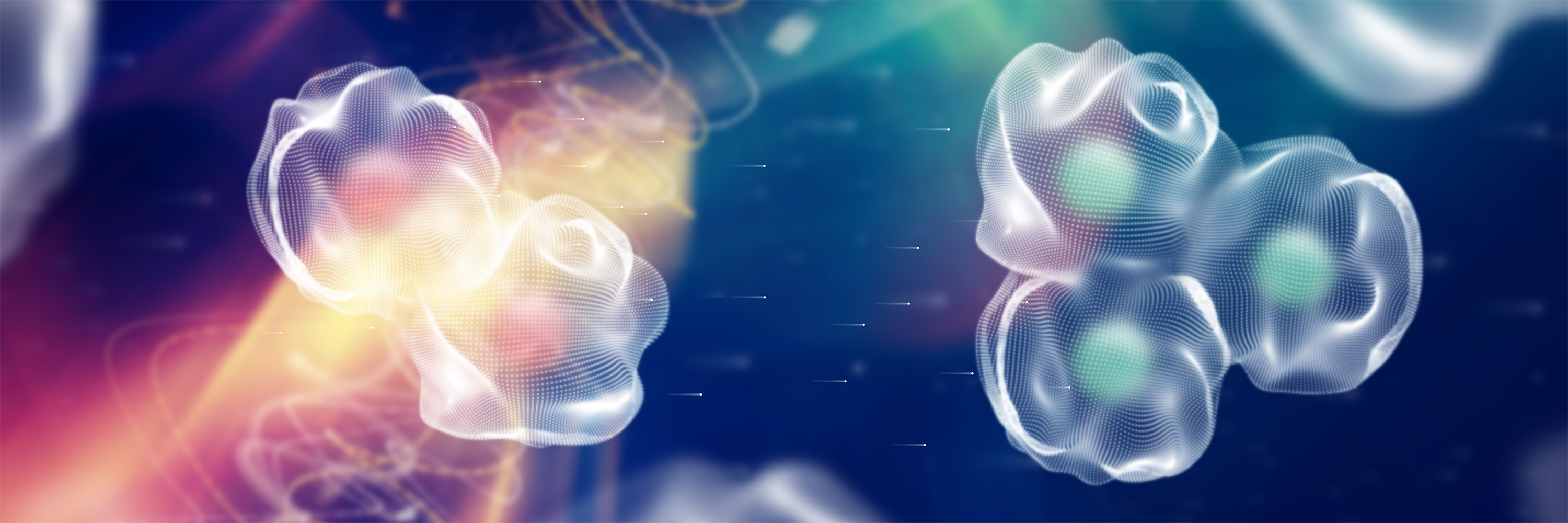Ida-Marie Høyvik has been awarded a prestigious 2-million-euro European Research Council Consolidator Grant to advance her research in quantum chemistry.
A Wave Function Based Framework for Describing Photoactivated Redox Processes
A Wave Function Based Framework for Describing Photoactivated Redox Processes

Principal investigators
Ida-Marie Høyvik
Abstract
When describing molecules with wave function theory, we usually require the wave function to reflect a physical state in which the number of electrons is conserved. However, there exist examples where electron conservation is not physical. An important example is molecular junctions, in which a molecule acts as a bridge for electron transport between some contact points. Similarly, electron transport can occur between molecules or molecular constituents in redox processes, in which one molecule is reduced (gain electrons) and one molecule is oxidised (lose electrons). I will establish a rigorous framework to theoretically describe and explore photoactivated redox reactions between molecules. The framework will be based on the particle-breaking molecular electronic wave function theory which I am currently developing. The wave function parametrisation holds a strong connection to statistical grand canonical ensembles, and together with collaborators in quantum transport, statistical mechanics and optical molecular properties, it will be exploited for exciting photoactivated redox applications and beyond.
Fellows
Sarai Dery Folkestad
Jógvan Magnus Haugaard Olsen
Anders Lervik
News
Ida-Marie Høyvik, an Associate Professor at the Department of Chemistry, Norwegian University of Science and Technology (NTNU), spent the last two weeks of February at CAS for her research stay.
